Orange tree in zone 8
socalnolympia
5 years ago
Featured Answer
Sort by:Oldest
Comments (9)
sunshine (zone 6a, Ontario,Canada)
5 years agoRelated Discussions
Potted Oranges in NC Zone 8a?
Comments (3)I'm in zone 7b (Raleigh NC) and I grow many citrus (some in pots and some in the ground). Oranges have been the hardest to get a decent crop from. Easy to grow, easy to overwinter indoors, great early spring bloom but most of the fruit fall off before summer heat sets in. Blood oranges have been slightly better than Navel oranges. All the tangerines have been better than any of the oranges. Lemons next and then limes. Calamondins and kumquats perform better than any of the others with Calamondins always in bloom and always in fruit throughout the year - but they are insanely sour and most folks don't like the flavor....See MoreAnyone with in ground citrus tree north of zone 8a
Comments (41)Very nice thread indeed Matt! Steve, I still have my in ground planted Meyer Lemon and Fukushu doing well these days. I have to keep cutting back the Lemon though! It's crazy Today I finally dug up around the tree since the roots can rise to the top and dumped some composted manure on that and then fresh soil. Then I mulch it in. It's been a while since I fed her and today I will do that along with Miracid for acid loving plants. It's need to green up a bit but it sure is growing vigorously! I did bury a dead fish under the roots last winter and boy it seems to like that!...See MoreSmall tree or large shrub Zone 8a SC
Comments (1)It's a hawthorn species...See MoreZone 8, western Wa.. What is the best time to prune apple trees.
Comments (1)February/March is the ideal time for structural pruning and to reduce size and you can trim again lightly in summer for shaping and removal of any water shoots. Apples need to be thinned in June to remove excess fruit. You want each apple to have 6-8 inches of leafy branch supporting it. Not thinning the tree properly often accounts for a lot of problems with small, misshapen fruit, broken branches due to weight and encourages disease and pest problems. Most retail nurseries or garden centers in the area will offer free classes on fruit tree pruning around that February/March time frame that will be of benefit. I'd encourage you to seek one out and attend....See MoreHU-632508933
2 years agoponcirusguy6b452xx
2 years agosocalnolympia
2 years agoDave in NoVA • N. Virginia • zone 7A
2 years agogarybeaumont_gw
2 years agoLaura LaRosa (7b)
2 years agoMeyermike(Zone 6a Ma.)
2 years ago
Related Stories
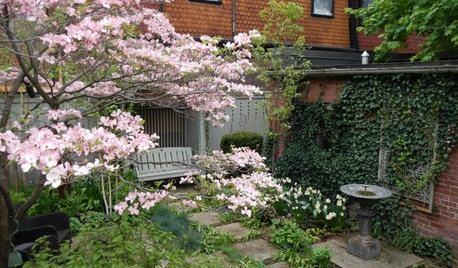
LANDSCAPE DESIGN8 Trees Landscape Designers Love for Small Spaces
Learn more about the top-performing trees to grow in tight corners, city courtyards, narrow side yards and more
Full Story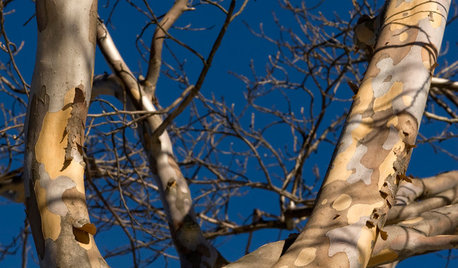
WINTER GARDENING8 Gorgeous Trees for Winter Interest in the Garden
Intriguing forms and beautiful branches take center stage when color heads back into the wings of the winter landscape
Full Story
ARBOR DAY8 Reasons to Plant a Great Tree
Beauty is its own reward, but the benefits of planting the right tree in the right place go way beyond looks
Full Story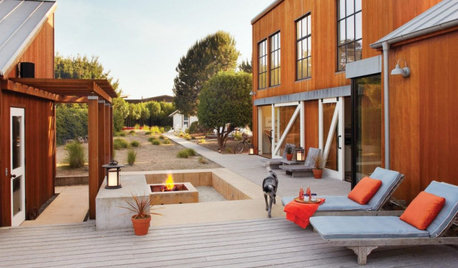
LANDSCAPE DESIGN8 Ways to Create Zones in Your Landscape
Add interest to your yard by breaking it into separate areas for different activities or views
Full Story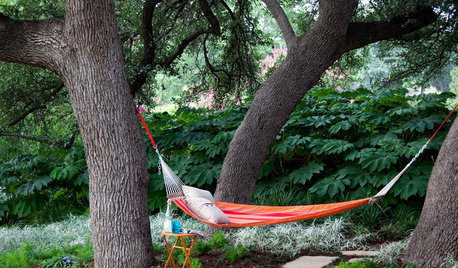
GARDENING GUIDES8 Essential Native Shade Trees for the U.S. Southeast
These beauties provide cool shade in the summer and easily withstand the heat and humidity of the South
Full Story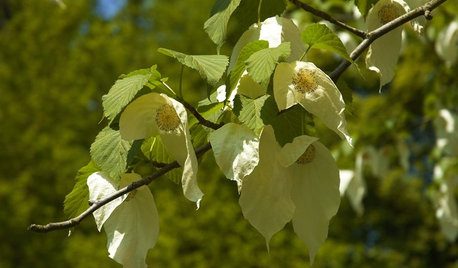
GARDENING GUIDESGreat Design Tree: The Dove Tree
With distinctive fluttery flowers and a height that towers over the landscape, the dove tree provides a respite from the summer sun
Full Story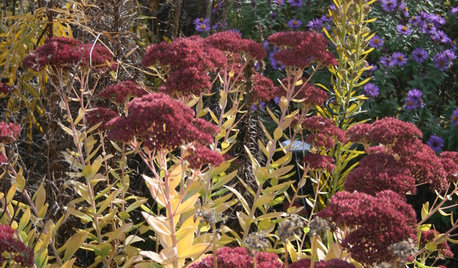
GARDENING GUIDES8 Perennials for Great Fall Color
Trees haven't cornered the market on autumn splendor. Add these flowering perennials for a foliage sight to behold
Full Story
FALL GARDENING11 Trees for Brilliant Fall Color
Give your landscape the quintessential look of autumn with the red, orange and yellow leaves of these standouts
Full Story
GARDENING GUIDESHow to Keep Your Citrus Trees Well Fed and Healthy
Ripe for some citrus fertilizer know-how? This mini guide will help your lemon, orange and grapefruit trees flourish
Full Story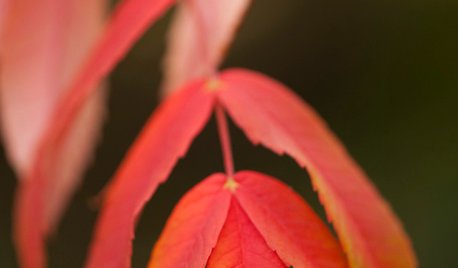
RED FOLIAGEGreat Design Tree: Staghorn Sumac
This fall superstar burns bright red and orange in the landscape — just keep an eye on its spread while you watch the show
Full Story


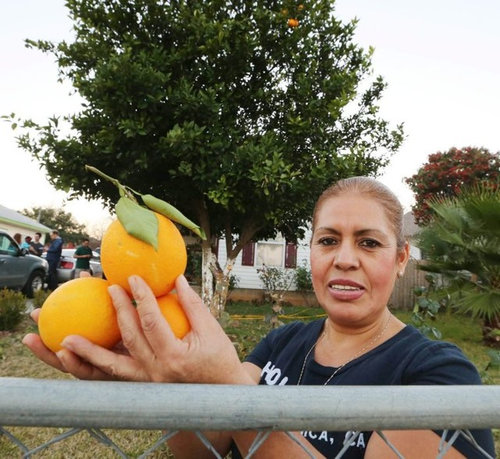
poncirusguy6b452xx